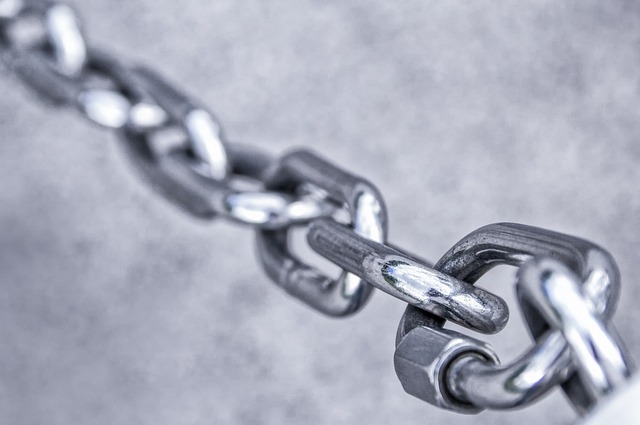
“Tackling the Dangers of Uncontrolled Access: A Security Update”
In an age where digital transformation reigns supreme, the threat of uncontrolled access to sensitive information is more pressing than ever. As organizations continue to embrace new technologies and encourage greater data sharing, the need for stringent security measures becomes increasingly vital. Uncontrolled access not only jeopardizes the integrity of vital data; it also places an organization’s reputation, trust, and financial resources at risk.
Picture this: A company that has invested heavily in cutting-edge technology and innovative processes suddenly finds itself facing a significant crisis. A data breach occurs, exposing sensitive customer information and confidential company data to malicious actors due to lax access controls. The fallout is immediate and severe, with customers losing trust in the brand, financial losses mounting, and legal repercussions looming on the horizon. This scenario is not just hypothetical; it is a reality that many organizations face today.
So, what can organizations do to address the challenges posed by uncontrolled access? The answer lies in a proactive and multifaceted approach to security. Implementing a robust Access Management system is crucial. This involves clearly defining user roles and permissions, ensuring that employees have access only to the information necessary for their specific job functions. Such a policy not only reduces the risk of uncontrolled access but also enhances accountability within the organization.
Additionally, regular audits of access permissions can help identify and rectify any discrepancies. Organizations should adopt a culture of security awareness, providing training and resources for employees to recognize and report potential security threats. This empowers them to play an active role in safeguarding the organization’s data.
Multi-factor authentication (MFA) is another layer of protection that organizations can implement to combat the risks of uncontrolled access. By requiring more than one form of verification, MFA significantly reduces the chances of unauthorized access, even if a password is compromised.
Furthermore, organizations must embrace the principle of least privilege. This principle states that users should have the minimum level of access required to perform their duties. By adopting this approach, organizations can greatly limit the exposure of sensitive information to unauthorized personnel.
The digital landscape is evolving rapidly, and with it comes the imperative to protect our data fiercely. By tackling the dangers of uncontrolled access head-on, organizations can safeguard their assets, maintain customer trust, and ensure long-term success in an increasingly perilous environment. Taking proactive measures now can help prevent dire situations from developing in the future, keeping both employees and customers secure and confident in the organization’s commitment to protecting their data.



